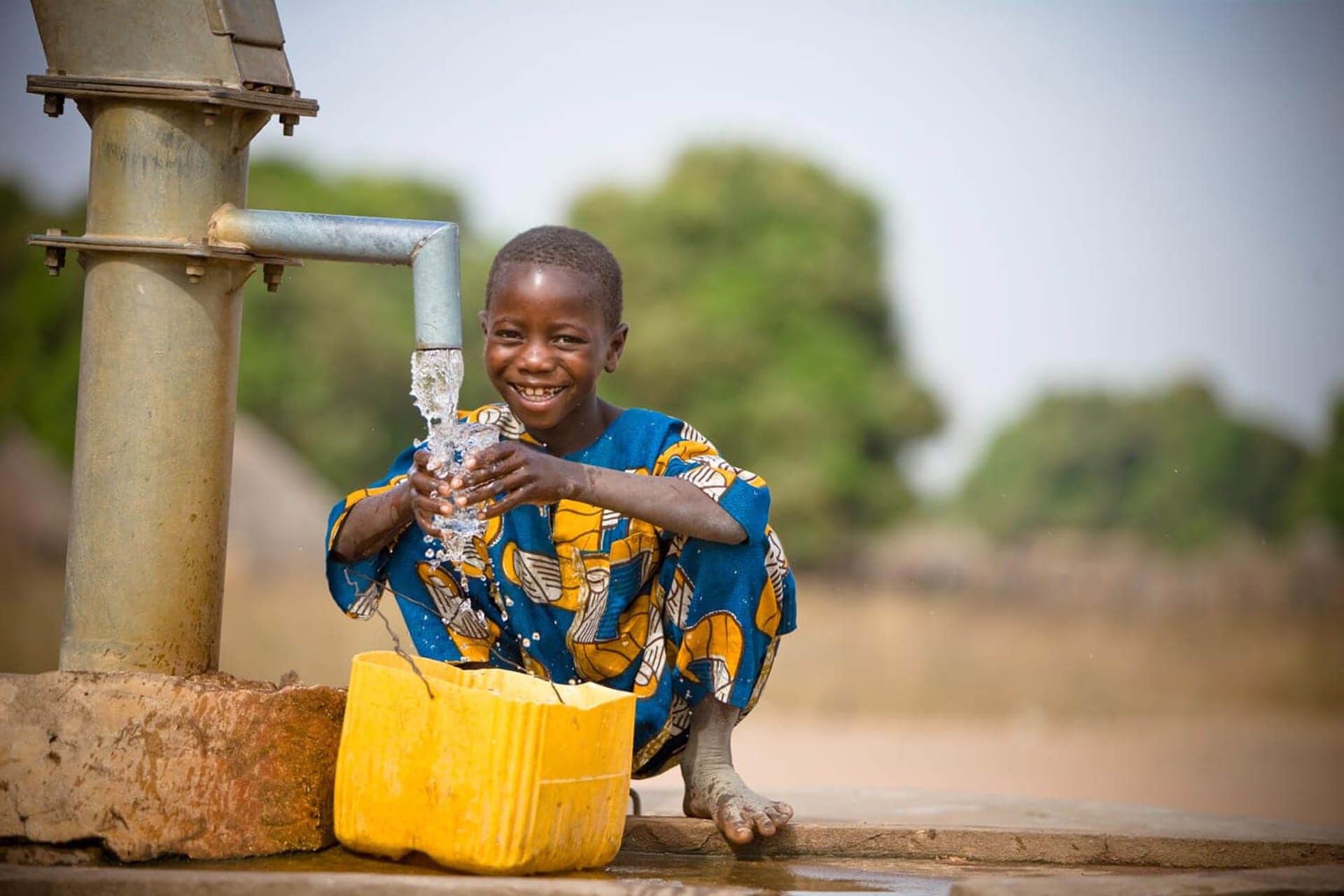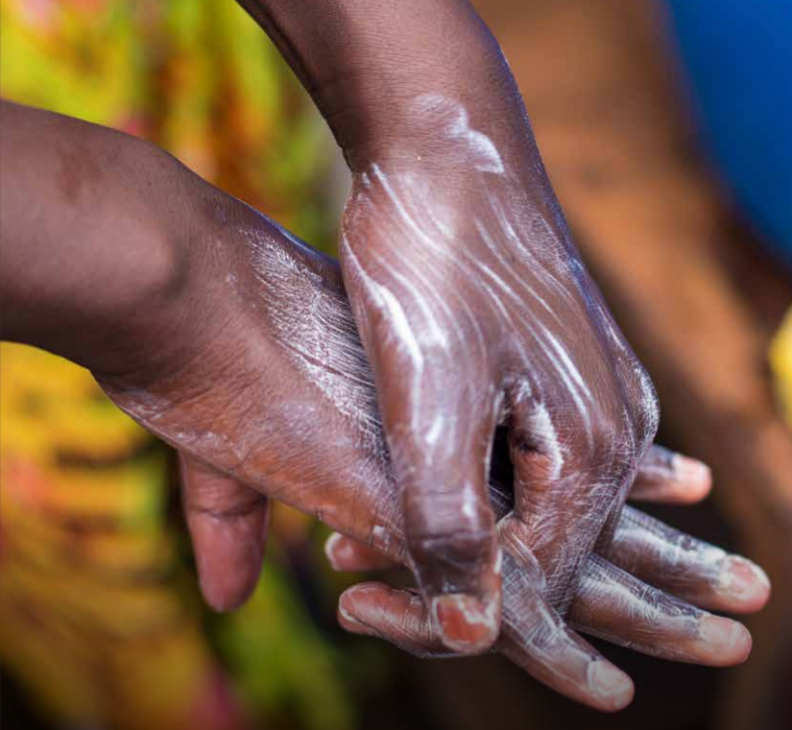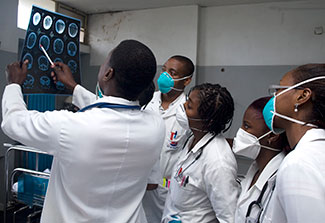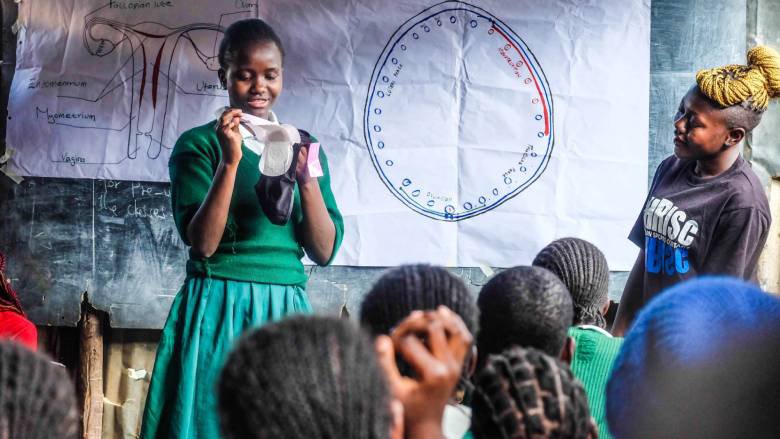Emergency Response: Supporting communities affected by recent floods in West Africa
Learn More →Providing clean water access and improved sanitation facilities to underserved communities across Africa.
Water is life. But a reliable, clean source of water is still a far fetched dream for many Africans. Nearly half of the population lacks access to a source of safe water and nearly 2/3 cannot access adequate sanitation facilities. Africa still faces huge challenges in water provision for domestic and agricultural use with erratic weather patterns causing droughts and water shortages.
In CSDA International, our goal is to improve the health and economic well-being of low-income and underserved communities by facilitating equitable and sustainable access to safe water, sanitation, and appropriate hygiene practices.

Clean water access changes lives and creates opportunities
Currently, according to the 2021 Population and Housing Census 87.7% of the populace have access to basic water supply services. However, there is a disparity between urban and rural communities.
About 8% of households continue to rely on unsafe sources. Despite the apparently high access to safe water in urban areas, sachet water dominate (51.5%), with pipe-borne water accounting for only 33.6%. The vision is to have about 70% of populace/households in urban/peri-urban and 50% in rural areas are connected to a piped water network and using safely managed water services by 2030.
Progress in access to basic improved sanitation has not been as impressive as water.
As of 2021, only 25.3% of the population had access to improved sanitation that is not shared. About 17.7% of Togo people still practice open defecation.
The cost of poor sanitation in the country is high as Togo loses about US$ 290 million annually due to poor sanitation (World Bank, WSP 2012). This is the equivalent of US$12 per person in Togo per year or 1.6% of the national GDP. The country also loses an additional US$ 79 million as a result of open defecation.
Population with access to improved sanitation
Population practicing open defecation
1.6% of national GDP lost due to poor sanitation
Annual economic loss due to poor sanitation
Annual cost of poor sanitation per person
Additional loss due to open defecation
As urbanization and economic development increase, the volume of wastewater will grow significantly.
As a result of urbanization and economic development the volume of waste water will increase significantly. It is estimated that the production of liquid waste will increase along population growth and urbanisation.
While small scale sewerage and wastewater treatment facilities may receive emphasis in the coming years, septic tanks are expected to remain the most common used systems. Bio-digesters have just started to enter the market, and will take time to become significant in terms of number of households installing them across the country.
The provision of desludging services thus needs to be significantly expanded, both in quantity and quality. The emphasis on livelihoods in the sector new focus calls for increased efforts towards resource recovery and re-use of waste rather than the current scenario of treating and dumping.
The proportion of people in Togo having access to hand hygiene facilities has increased.

Promoting proper handwashing techniques and providing access to handwashing facilities in schools, healthcare centers, and communities.

Conducting community workshops and school programs to educate about proper hygiene practices and their importance for health.

Supporting menstrual hygiene management through education, access to sanitary products, and proper disposal facilities in schools and communities.
How we work to improve water access, sanitation, and hygiene practices in communities.
We conduct thorough community assessments to understand specific water and sanitation needs, existing infrastructure, and cultural practices.
We work closely with community members to develop solutions that are culturally appropriate and sustainable, ensuring local ownership.
We construct water points, sanitation facilities, and implement hygiene programs using locally available materials and appropriate technology.
We train local water committees in maintenance, establish fee structures for ongoing operations, and conduct regular monitoring to ensure long-term success.
Your support can help us bring clean water and improved sanitation to more communities across Africa. Together, we can save lives and create healthier futures.